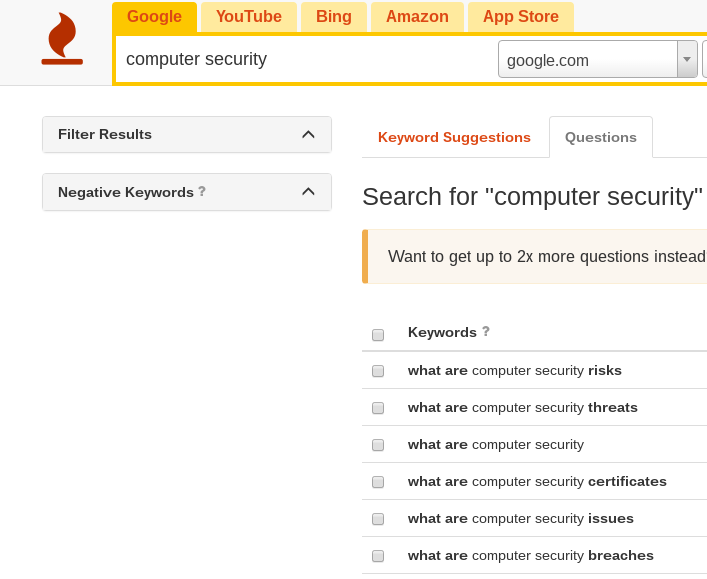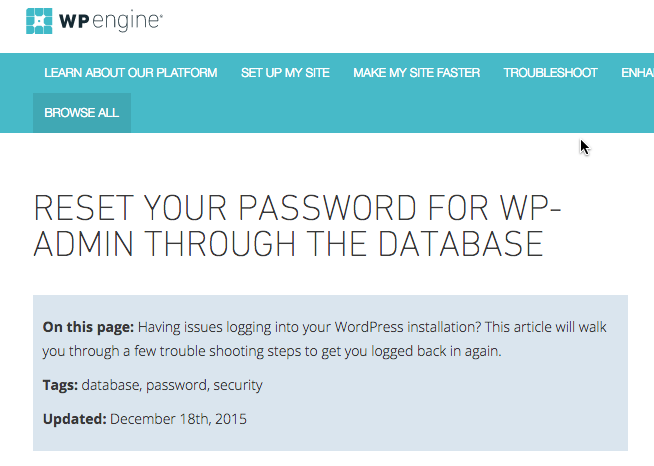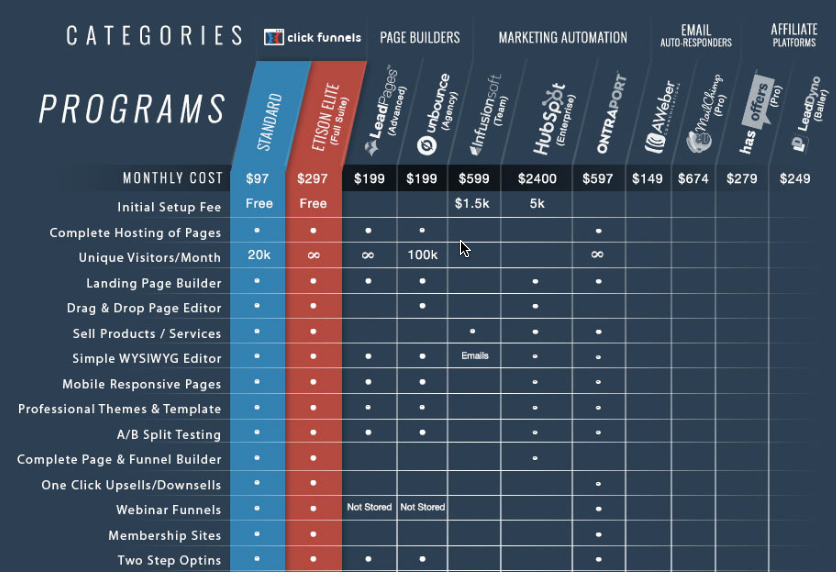Extensive research has been published on consumer buying patterns and how they’ve changed — for example, read this report from from McKinsey or this one from Nielsen and inPowered. With the proliferation of mobile and digital media, consumers can easily move outside the marketing funnel as they make their way through the decision journey.
This change in buying behavior has also changed the way salespeople interact with buyers. Instead of force-feeding the sales process to prospects, now a salesperson’s job is to help consumers solve the problem they’re seeking a solution to. As HubSpot’s Dan Tyre put it, the adage “always be closing” has now become “always be helping.”
In the new world of “always be helping,” content is the biggest tool a salesperson has at their disposal.
Content can close the gap between marketing and sales

Content marketing improves rankings and social visibility and establishes a company as a trusted authority. However, content marketing’s biggest value is in its ability to enable your sales team to close more.
A new term has sprouted up over the past few years: sales enablement. Brainshark defines sales enablement as:
A systematic approach to increasing sales productivity, by supporting sales reps with the content, training and statistics they need to have more successful sales conversations.
There’s a gap between content marketing and sales enablement in most companies. To create content that bridges that gap and helps your sales team close more deals, follow these steps.
Step 1: Define your customers’ questions and concerns
All customers have concerns and questions. They want to know:
- How can your product or service help me?
- How are you better than your major competitor(s)?
- Can you explain to me how your product or service works?
Look internally. To find the major questions and concerns your customers have, first check all the data your company already has. The most common ways to check within your company are:
- Talk to your phone sales reps
- Ask your chat support reps
- Check your site’s analytics for internal search queries
- Survey your current customers and newsletter subscribers (“What was the number one problem you wanted our company to solve?”)
Start tracking this feedback in a spreadsheet.
Look externally. After you’ve checked within your company, it’s time to find the major questions people ask within your industry. Let’s pretend you are a computer security company. What are the major concerns your potential clients have?
1. Start on Quora
You can find common consumer questions about your industry on Quora.
The top question in computer security is, “How easy is it to hack an HTML login form?” with over 600 upvotes. Continue trying relevant terms and phrases to find the top questions people have around your industry.

Repeat this process with the following and continue to track top questions and concerns in a spreadsheet.
2. Visit Reddit. Reddit almost always has a community talking about your niche that you can tap into. I use a tool called MetaReddit to help me quickly find groups of a specific size around a specific topic.

3. Check out forums. Just about every industry has its own forums where people get together and talk. Simply search “<your industry> + forum” and check out the results.
4. See what Google suggests. This is the feature that tells you what people are searching for around a certain term or topic. Type in a few queries into Google and see what pops up.
- [Your company, product or industry] (hit space & see what google suggests)
- [Your Company, product or industry] VS (again see what google suggests)

5. Try a keyword tool. People at the top of the funnel do not know about these communities, so they turn to a search engine to ask their question. I use a free tool called KeywordTool.io where you can put in your keyword and filter the results by “questions.” This gives you an idea of the mindset of where your customers are coming from.

Step 2: Prioritize questions and concerns
After you’ve aggregated all these questions and concerns into a spreadsheet, it’s time to start prioritizing. How you prioritize looks different for every company.
The best way to figure out which questions need to be answered in what order is to ask your sales team what they’re seeing and hearing from prospects. Which answers would be most helpful in reaching people at the touch points that most influence their decisions? What answers do they need to overcome common objections? Don’t guess — ask your salespeople.
Step 3: Create content that enables your sales team
The steps leading up to this center on learning and prioritizing the questions your prospects need answers to, so you know what your content must address. Now it’s time to actually start creating that content.
I usually divide these into 4 different types:
- FAQs
- Tutorials
- Guides
- Comparisons
Below are examples and explanations of each content type.
1. FAQ example
When to use it: Use a FAQ page to answer the common and quick questions customers have. These are great for top-of-funnel customers.
Example: Dollar Shave Club – What Should I Know Before Joining Dollar Shave Club?
2. Tutorial example
When to use it: Step-by-step tutorial content is great for sales reps on the phone or via chat. It saves them a lot of time and confusion. A step-by-step tutorial gives customers exactly what they need to solve their problem.
Example: WP Engine – How to reset your password

3. Guide example
When to use it: Guides are great for providing in-depth information and showing potential customers how to solve a specific problem.
Example: Home Away – Guides on things to do while traveling

4. Comparison example
When to use it: Use it to demonstrate the ways you beat the competition.
Example: Click Funnels – Compared to the competition

Step 4: Promote internally & externally
Once you have this content created, make sure everyone on both the sales and marketing teams knows when and how to use it. Sales can use it to specifically answer prospects’ questions and overcome objections, and marketing can distribute and promote this content across a variety of platforms.
This way, when the next wave of customers starts searching for solutions to their problems, they will find your content and be more likely to buy from your company.



